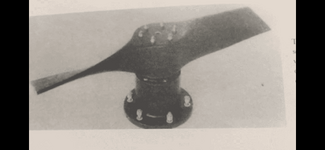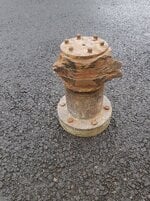Monarch140
Recruit
- 1
- Dec 29, 2019
I am new here, and just today I started looking at the stuka siren, but I have a theory. I think that the stuka siren could have 8 internal ports and 9 or 7 external ports (or vice versa), I don't know if this would even make sound (although I think so), but it could be a solution for the uniqueness of the stuka siren sound (apart from having irregular sized ports (which could be enough to solve the problem))


